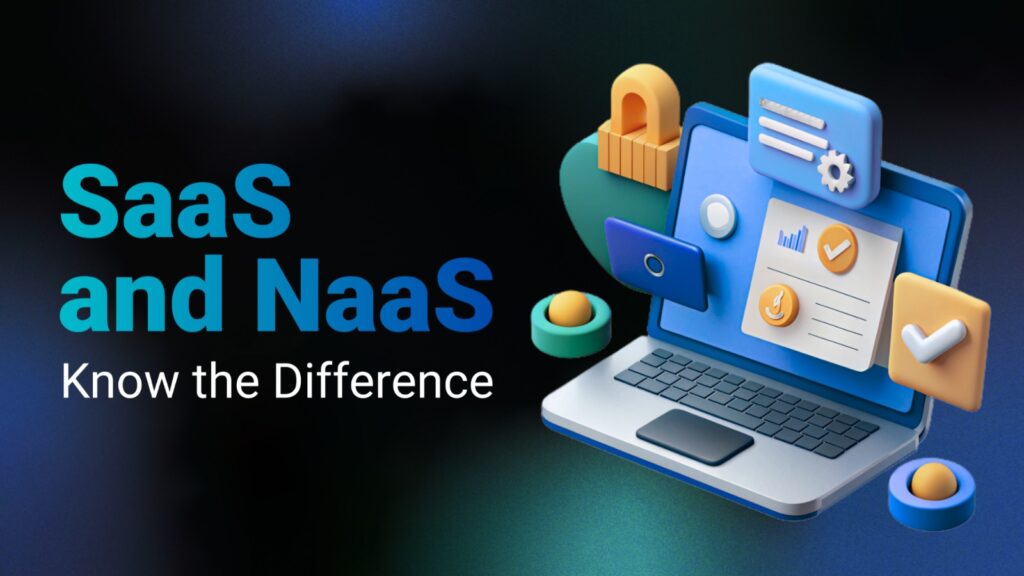
SaaS vs. NaaS: What’s the Difference?
In today’s tech-driven world, businesses are turning to cloud-based solutions for flexibility and efficiency. Two of the most popular options are Software as a Service (SaaS) and Network as a Service (NaaS). While they may sound similar, they serve very different purposes in IT infrastructure. Here’s a quick breakdown.
What is SaaS?
SaaS lets businesses use software over the internet without needing to install or manage it on their own servers. Think of tools like Google Workspace, Microsoft 365, and Salesforce. These platforms allow you to access and use essential software via a subscription model, anywhere and anytime.
Benefits of SaaS:
- Cost-Effective: No need to invest in expensive hardware or software licenses.
- Accessibility: Access your tools from any device with internet.
- Automatic Updates: Always use the latest versions without manual installs.
What is NaaS?
NaaS is a cloud service that lets businesses manage their network infrastructure remotely. Instead of buying physical routers, switches, and firewalls, you can access network services on demand. This allows for greater scalability and reduced complexity in managing your company’s network.
Benefits of NaaS:
- Scalable: Quickly adjust your network capacity based on your needs.
- 简化管理: Outsource the heavy lifting of network setup and maintenance.
- Cost Savings: Pay only for the network services you use, without the upfront costs.
Key Differences
- SaaS delivers software (e.g., email, CRM) via the cloud, while NaaS offers network services (e.g., connectivity, security).
- SaaS focuses on end-user applications, and NaaS is about managing the network infrastructure.
- Both use subscription models, but SaaS is for accessing software, while NaaS is for managing network bandwidth and connectivity.
Conclusion
Both SaaS and NaaS are critical for modern businesses, each providing unique benefits. SaaS simplifies access to essential tools, while NaaS streamlines network management. Together, they offer flexibility, scalability, and cost efficiency to support business growth.
